Cockroaches: 6 Types and Characteristics
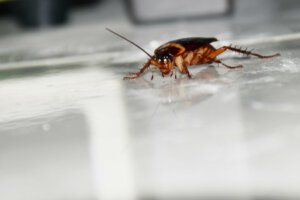

Written and verified by the biologist Cesar Paul Gonzalez Gonzalez
Cockroaches are part of the order Blattodea, known to encompass some species that are usually harmful to health. In fact, these insects have an unjustified reputation, as they are associated with dirt and debris. Their brownish-brown color doesn’t help much, but it’s just a visual excuse to feel rejected by them.
In the world, there are more than 4000 species of cockroaches, of which only 1% are related to man. If you want to know how many types you still need to know, and their differences, keep reading, because you may discover that there are much more beautiful cockroaches than you first thought.
Friendly cockroach
Believe it or not, these little hexapod insects have an important role within nature, so they aren’t completely useless creatures. The ecological objective of these arthropods is the recycling of organic matter. In other words, they collect waste and help decomposition.
Despite its great diversity, we only live with 3 species, which are the most common in domestic environments.
Home cockroaches
These blatodea are small, with 3 pairs of legs, long antennae, and an oval body shape. Cockroaches are physically divided into 2 regions, a thorax and an abdomen. Their entire body appears to be divided into several segments, allowing them a greater range of mobility. We’re going to give you some typical examples.
1. Periplaneta americana
As the name suggests, this cockroach is native to America. It can grow to a size of between 3 and 4 centimeters (about 1.5 inches). Its color varies little, from brown to wine-brown. It has wings that can cover its body, almost like a cape.
Currently, this little animal has a worldwide distribution, so you may have seen it at least once. It’s nocturnal and tends to seek refuge in crevices or areas with humidity. In addition, adult specimens use their wings to fly and reach other places.

2. Blatella germanica
The German cockroach is one of the smallest, barely reaching 1.5 centimeters long. Its color is lighter —although it maintains the brown coloration— but it’s distinguished by its size and 2 black stripes on its thorax. It also has wings, but, fortunately, they aren’t functional.
These insects are very thin, so they tend to crawl into narrow crevices. They look for a source of heat and humidity, so one of their favorite places to take refuge is in coffee machines.
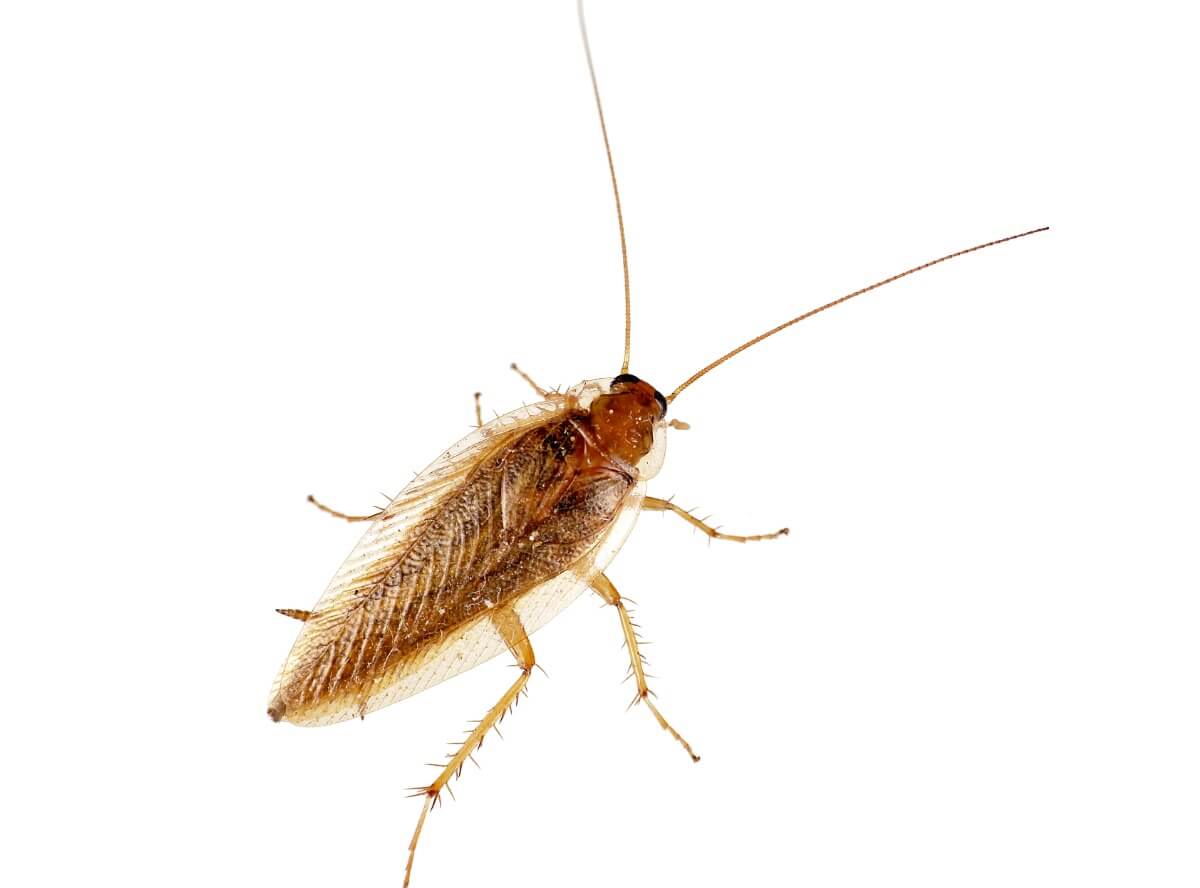
3. Blatta orientalis
Almost the same size as its American sister, it can be between 2.4 and 5 centimeters long (up to 2 inches). Its coloration is completely black or dark. The adult specimens have wings that cover a large part of their body, however, they aren’t as evident as those of the American version.
These little critters are accidental invaders, since, due to their nature, they usually inhabit gardens. Thanks to the ease of finding food and the warm temperature of the houses, they began to enter the homes. Unfortunately, this species is being displaced by its other two sisters, as they are more successful in surviving.
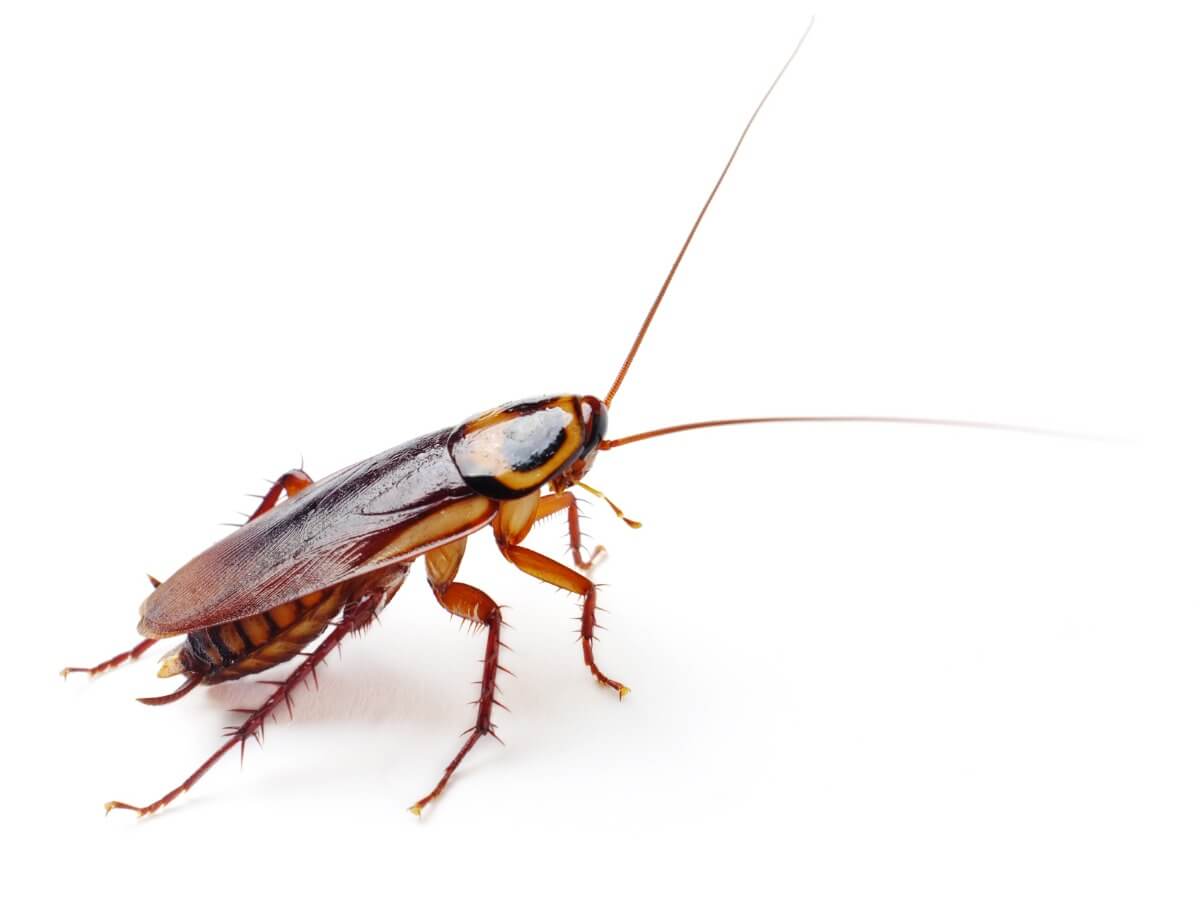
Strange and little known cockroaches
Now that we have talked about the best-known cockroaches, we’re going to name other species that go unnoticed. The other 99% of cockroaches aren’t pests, but rather insects that go out of their way to do the environment good. Their home is located in forests with litter, logs and waste, where they feed on fruits, plants and organic matter.
4. Panchlora nivea
This kind of green tone breaks with the original vision of the cockroach. We can find it in tropical areas such as the Caribbean and Cuba, it can be almost 3 centimeters long and it is a skillful flier. It can be found mainly in trunks, palm trees or coconut trees.
This species is usually called the green banana cockroach, because it feeds on bananas.
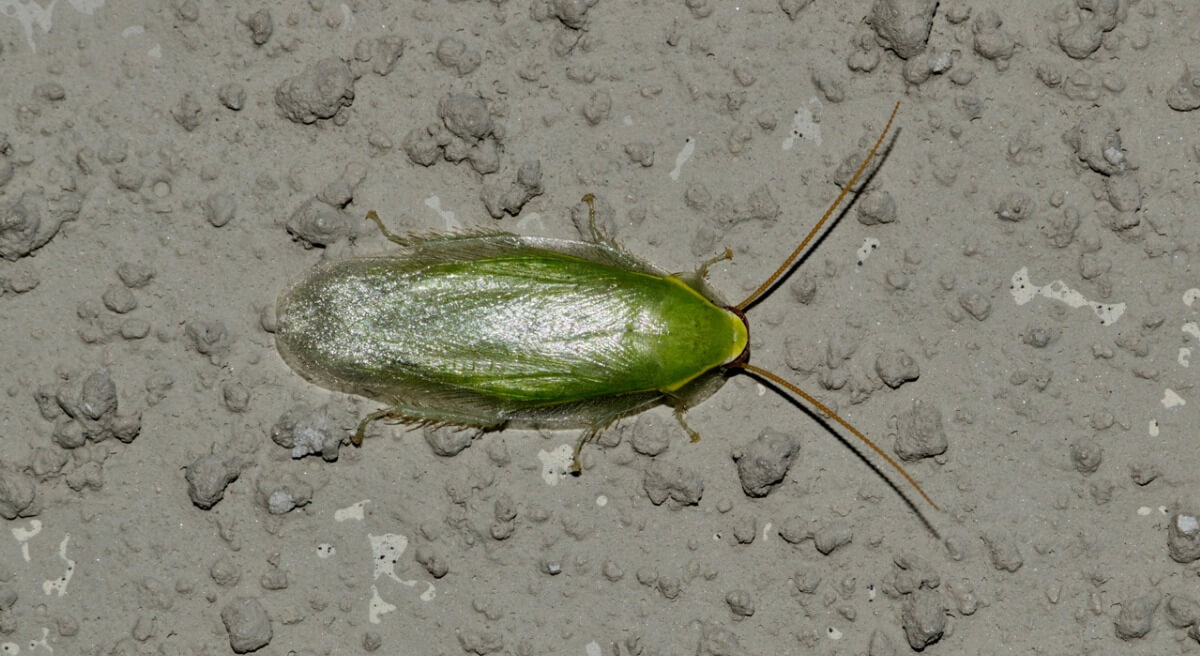
5. Lucihormetica luckae
From the dark, this cute 2.4-centimeter blattodea appears as a bioluminescent species. This means that it has a defense mechanism that consists of emitting light to make it look like a poisonous beetle. In this way, it manages to trick its predators into not eating it.
If you want to look for one, you can find it in Ecuador, in the area affected by the eruption of the Tungurahua volcano.

6. Gromphadorhina portentosa
The giant Madagascar cockroach can easily grow up to 8 centimeters (more than 3 inches) in length. The color is similar to that of other species, ranging from dark brown to wine-brown. Apart from their antennae, males also have horns, which they use to fight each other.
This insect is also called a ” whistling cockroach” because it’s able to hiss through its respiratory pores. This behavior is completely linked to territorial dominance, as it’s used as a means of threat and dominance.
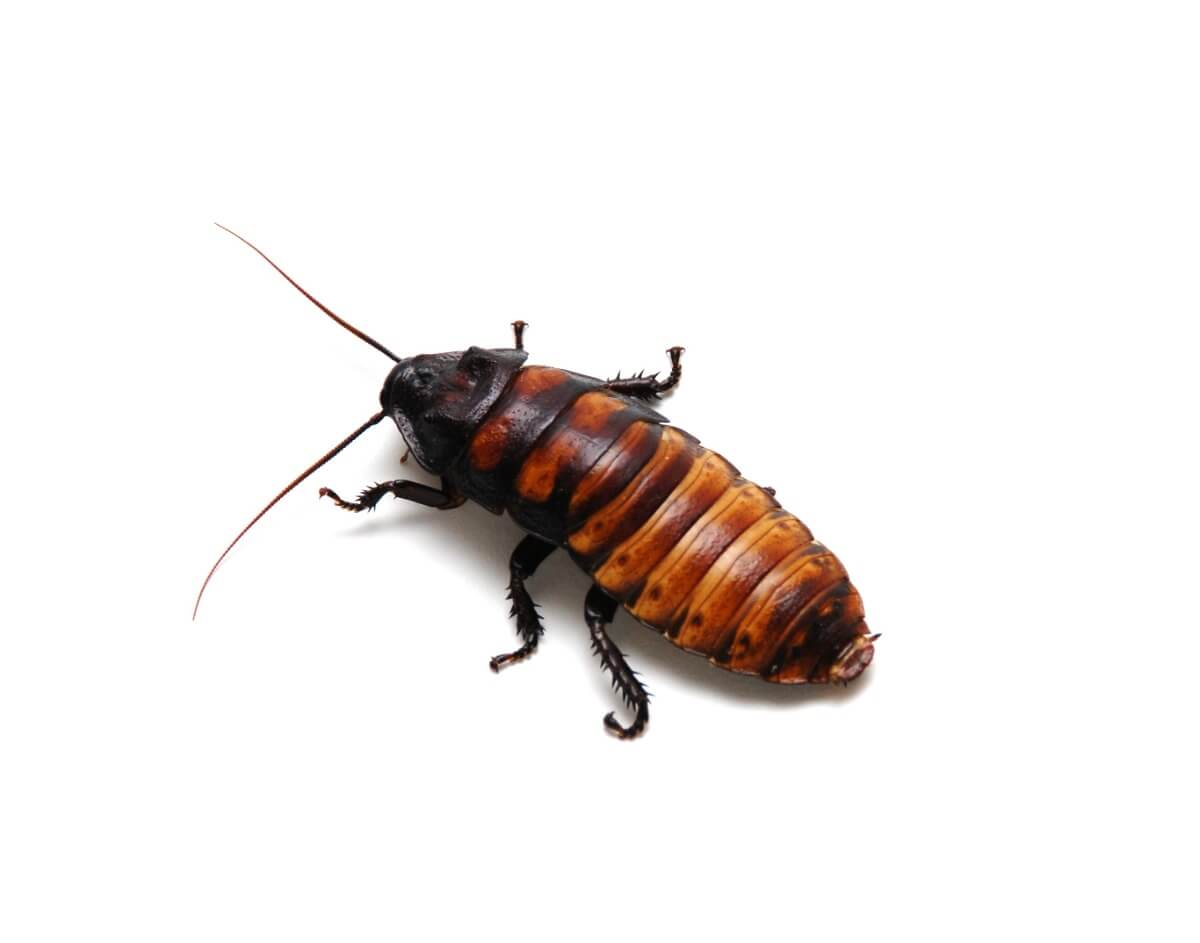
Not everything in the group of Blatodeos has to be bad. As you saw, there’s a great variety of insects and, above all, cockroaches. Although you may feel afraid or disgusted, they will always be there to do their job. They’re an important part of nature, and one more link in the ecological order.
Cockroaches are part of the order Blattodea, known to encompass some species that are usually harmful to health. In fact, these insects have an unjustified reputation, as they are associated with dirt and debris. Their brownish-brown color doesn’t help much, but it’s just a visual excuse to feel rejected by them.
In the world, there are more than 4000 species of cockroaches, of which only 1% are related to man. If you want to know how many types you still need to know, and their differences, keep reading, because you may discover that there are much more beautiful cockroaches than you first thought.
Friendly cockroach
Believe it or not, these little hexapod insects have an important role within nature, so they aren’t completely useless creatures. The ecological objective of these arthropods is the recycling of organic matter. In other words, they collect waste and help decomposition.
Despite its great diversity, we only live with 3 species, which are the most common in domestic environments.
Home cockroaches
These blatodea are small, with 3 pairs of legs, long antennae, and an oval body shape. Cockroaches are physically divided into 2 regions, a thorax and an abdomen. Their entire body appears to be divided into several segments, allowing them a greater range of mobility. We’re going to give you some typical examples.
1. Periplaneta americana
As the name suggests, this cockroach is native to America. It can grow to a size of between 3 and 4 centimeters (about 1.5 inches). Its color varies little, from brown to wine-brown. It has wings that can cover its body, almost like a cape.
Currently, this little animal has a worldwide distribution, so you may have seen it at least once. It’s nocturnal and tends to seek refuge in crevices or areas with humidity. In addition, adult specimens use their wings to fly and reach other places.

2. Blatella germanica
The German cockroach is one of the smallest, barely reaching 1.5 centimeters long. Its color is lighter —although it maintains the brown coloration— but it’s distinguished by its size and 2 black stripes on its thorax. It also has wings, but, fortunately, they aren’t functional.
These insects are very thin, so they tend to crawl into narrow crevices. They look for a source of heat and humidity, so one of their favorite places to take refuge is in coffee machines.

3. Blatta orientalis
Almost the same size as its American sister, it can be between 2.4 and 5 centimeters long (up to 2 inches). Its coloration is completely black or dark. The adult specimens have wings that cover a large part of their body, however, they aren’t as evident as those of the American version.
These little critters are accidental invaders, since, due to their nature, they usually inhabit gardens. Thanks to the ease of finding food and the warm temperature of the houses, they began to enter the homes. Unfortunately, this species is being displaced by its other two sisters, as they are more successful in surviving.

Strange and little known cockroaches
Now that we have talked about the best-known cockroaches, we’re going to name other species that go unnoticed. The other 99% of cockroaches aren’t pests, but rather insects that go out of their way to do the environment good. Their home is located in forests with litter, logs and waste, where they feed on fruits, plants and organic matter.
4. Panchlora nivea
This kind of green tone breaks with the original vision of the cockroach. We can find it in tropical areas such as the Caribbean and Cuba, it can be almost 3 centimeters long and it is a skillful flier. It can be found mainly in trunks, palm trees or coconut trees.
This species is usually called the green banana cockroach, because it feeds on bananas.

5. Lucihormetica luckae
From the dark, this cute 2.4-centimeter blattodea appears as a bioluminescent species. This means that it has a defense mechanism that consists of emitting light to make it look like a poisonous beetle. In this way, it manages to trick its predators into not eating it.
If you want to look for one, you can find it in Ecuador, in the area affected by the eruption of the Tungurahua volcano.

6. Gromphadorhina portentosa
The giant Madagascar cockroach can easily grow up to 8 centimeters (more than 3 inches) in length. The color is similar to that of other species, ranging from dark brown to wine-brown. Apart from their antennae, males also have horns, which they use to fight each other.
This insect is also called a ” whistling cockroach” because it’s able to hiss through its respiratory pores. This behavior is completely linked to territorial dominance, as it’s used as a means of threat and dominance.

Not everything in the group of Blatodeos has to be bad. As you saw, there’s a great variety of insects and, above all, cockroaches. Although you may feel afraid or disgusted, they will always be there to do their job. They’re an important part of nature, and one more link in the ecological order.
All cited sources were thoroughly reviewed by our team to ensure their quality, reliability, currency, and validity. The bibliography of this article was considered reliable and of academic or scientific accuracy.
- Kassiri, H., & Kazemi, S. (2012). Cockroaches [periplaneta Americana (L.), dictyoptera; blattidae] as carriers of bacterial pathogens, Khorramshahr County, Iran.
- Faúndez, E. I., & Carvajal, M. A. (2011). Blattella germanica (Linnaeus, 1767)(Insecta: Blattaria) en la Región de Magallanes (Chile). Boletín de Biodiversidad de Chile, (5), 50-55.
- Nelson, M. C., & Fraser, J. (1980). Sound production in the cockroach, Gromphadorhina portentosa: evidence for communication by hissing. Behavioral Ecology and Sociobiology, 305-314.
- Pryor, M. G. M. (1940). On the hardening of the ootheca of Blatta orientalis. Proceedings of the Royal Society of London. Series B-Biological Sciences, 128(852), 378-393.
- Rau, P. (1924). The biology of the roach, Blatta orientalis Linn. Trans. Acad. Sci. St. Louis, 25(4).
- Cookson, C., Peyton, S., Davis, J., & Micinski, S. (2012). New Records and Range Expansion for Panchlora nivea in Louisiana and Mississippi. Entomological News, 122(1), 95-96.
- Vršanský, P., Chorvát, D., Fritzsche, I., Hain, M., & Ševčík, R. (2012). Light-mimicking cockroaches indicate Tertiary origin of recent terrestrial luminescence. Naturwissenschaften, 99(9), 739-749.
This text is provided for informational purposes only and does not replace consultation with a professional. If in doubt, consult your specialist.








